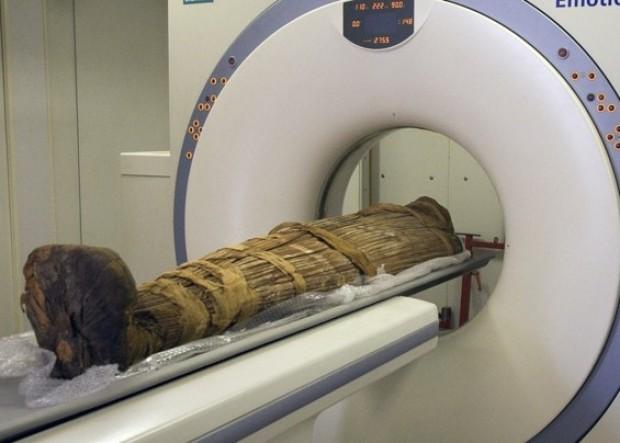CT Scans Reveal Ancient Mummies with Heart Disease
Scanning mummies for clogged arteries (Photo: The Lancet)
A new study published in the Lancet medical journal is generating some buzz.
A researcher has scanned more than 100 ancient mummies – from four separate places around the world. These corpses were up to 4,000-years-old.
And they found classic signs of what most of us think of as a modern affliction: heart disease.
The mummies had clogged arteries.
So, is heart disease just an inherent part of human aging?
Or, is it linked to smoking cigarettes and eating too much junk food? Or both?
While you ponder this question, try to identify the name of the chain of volcanic islands where one of the mummies came from.
The islands form a long arc in the northern Pacific Ocean that reaches out from the Alaskan Peninsula all the way to the Kamchatkan Peninsula.
The islands at the westernmost tip of this chain are part of Russia.
Researchers conducted CT scans of 137 mummies from 4 separate places around the world, including the Aleutian Islands, the answer to the Geo Quiz.
Researchers looked for characteristic signs of atherosclerosis and found that over a third of the mummies had probable or definite atherosclerosis.
That’s puzzling. If these ancients weren’t smoking cigarettes or eating greasy cheeseburgers, how did they get heart disease?
We put the question to Dr. Greg Thomas, Medical Director at the Heart and Vascular Institute at Long Beach Medical Center in Long Beach, CA and lead author of the study.
